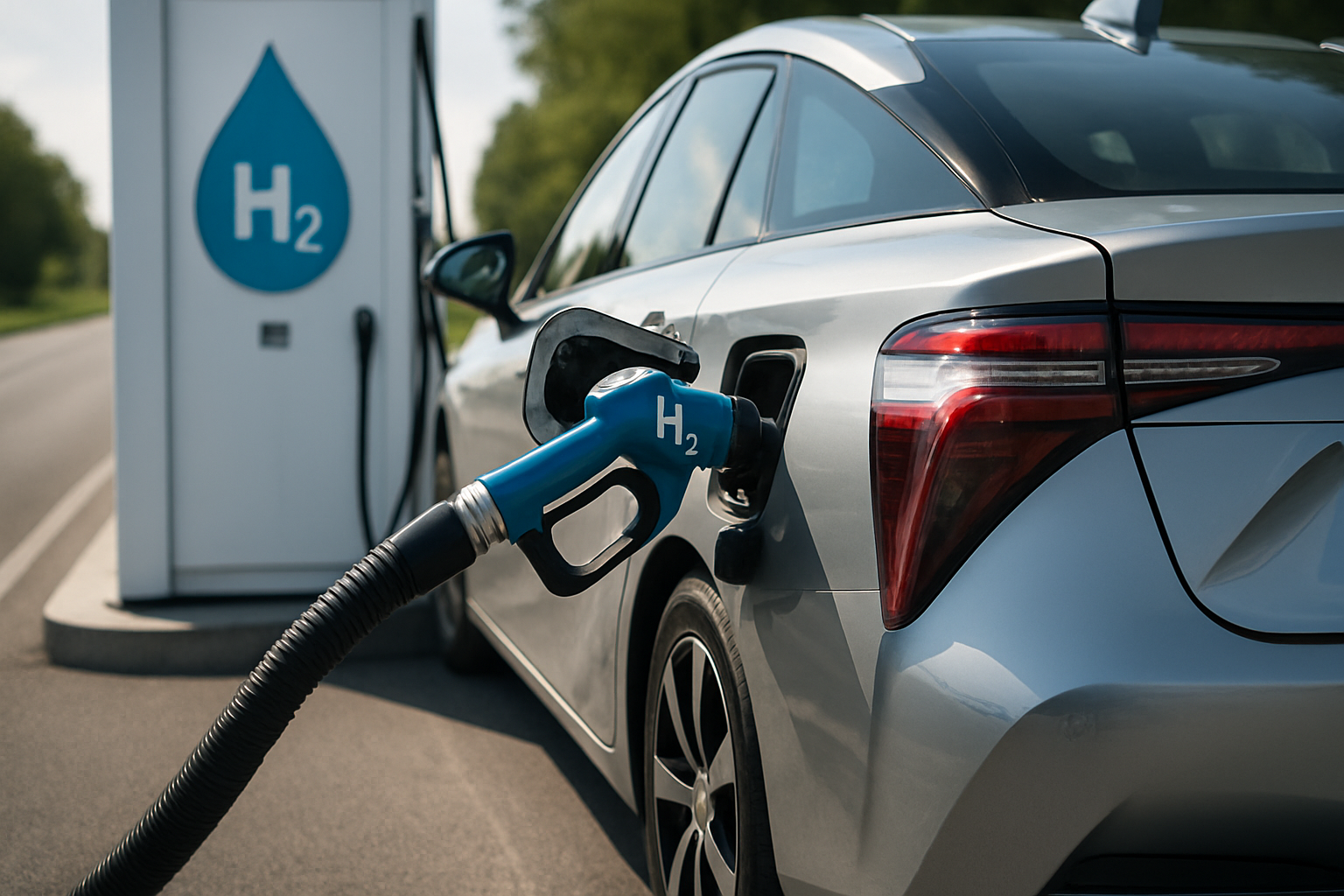Hydraulic Regenerative Braking: The Future of Energy Recovery
Introduction: Imagine a world where every time you tap the brakes, your car doesn't just slow down—it harvests energy. This isn't science fiction; it's the promise of hydraulic regenerative braking. As we hurtle towards a future of efficient, sustainable transportation, this groundbreaking technology is poised to revolutionize how we think about energy conservation in vehicles. But what exactly is hydraulic regenerative braking, and why should every car enthusiast be excited about it?

A Historical Perspective
The concept of regenerative braking isn’t new, with electric systems having been used in hybrid vehicles for years. However, hydraulic systems offer distinct advantages, particularly for heavier vehicles. The roots of hydraulic regenerative braking can be traced back to the 1960s, where early experiments in heavy machinery showed promise. It wasn’t until the late 1990s and early 2000s that automotive applications began to gain serious traction, with several major manufacturers investing in research and development.
Advantages Over Electric Systems
While electric regenerative braking has become commonplace in hybrid and electric vehicles, hydraulic systems offer several compelling benefits. Firstly, they can capture and release energy much more quickly, making them ideal for frequent stop-start scenarios like urban driving or delivery routes. Additionally, hydraulic systems are more efficient at storing large amounts of energy rapidly, which is particularly advantageous for larger vehicles like buses and trucks. They also tend to be more durable and less affected by temperature extremes compared to their electric counterparts.
Real-World Applications and Performance Gains
The impact of hydraulic regenerative braking is most evident in heavy-duty vehicles. City buses equipped with this technology have shown fuel savings of up to 25% in real-world trials. Refuse trucks, which make frequent stops, have demonstrated even more impressive results, with some operators reporting fuel economy improvements of over 40%. These gains not only translate to significant cost savings but also substantial reductions in greenhouse gas emissions. In the realm of passenger vehicles, while less common, hydraulic systems have shown promise in high-performance applications, offering rapid energy storage and release for enhanced acceleration.
Challenges and Future Developments
Despite its potential, hydraulic regenerative braking faces several hurdles before widespread adoption. The systems can be bulky and heavy, which poses challenges for integration into smaller vehicles. There’s also the issue of cost—current systems are expensive to produce and install, limiting their use primarily to commercial and specialized vehicles. However, ongoing research is addressing these challenges. Engineers are working on more compact designs, lighter materials for accumulators, and more efficient hydraulic motors. Some researchers are even exploring hybrid systems that combine the best aspects of hydraulic and electric regenerative braking.
The Road Ahead
As we look to the future, hydraulic regenerative braking stands at a crossroads. With increasing pressure on automotive manufacturers to improve fuel efficiency and reduce emissions, this technology could play a crucial role in meeting these demands, especially in the commercial vehicle sector. The potential for integration with other emerging technologies, such as advanced driver assistance systems and vehicle-to-grid communication, opens up exciting possibilities for smart energy management in future vehicles.
In conclusion, hydraulic regenerative braking represents a fascinating frontier in automotive engineering. It challenges us to rethink our approach to energy conservation in vehicles, offering a glimpse into a future where every deceleration becomes an opportunity for energy recovery. As the technology continues to evolve, it may well become a key component in our journey towards more sustainable transportation, turning our roads into vast energy recovery networks, one brake pedal at a time.





